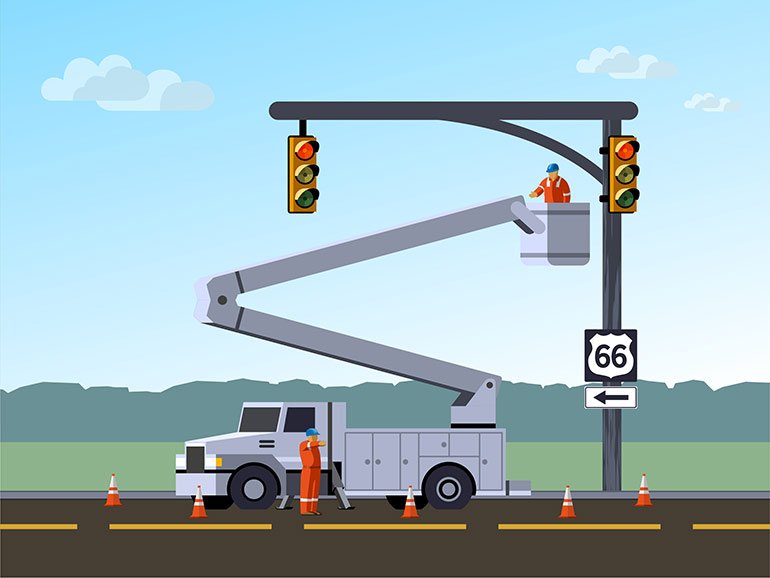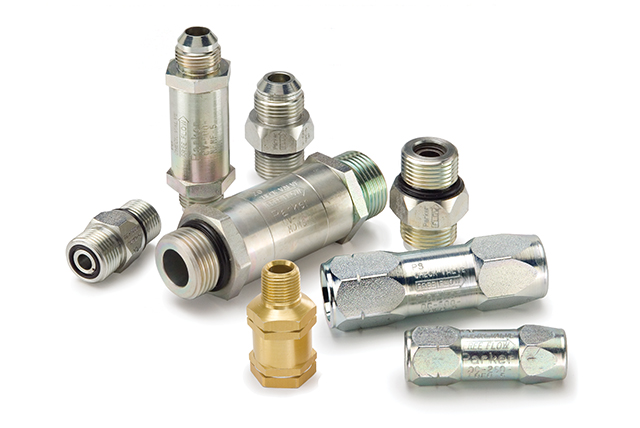Even when workers follow job site safety protocols to a T, emergencies can happen. And when working with large, powerful machines in dangerous or challenging environments, things can become catastrophic quickly.
However, there is one small but critical machine component that can help minimize equipment damage, limit project downtime and keep workers safe – the check valve.

During emergency operations, it is imperative to prevent backflow or back pressure from damaging emergency pumps that are used as backups if the main pumps in equipment fail. Emergency pumps are typically found in trucks that operate aerial work platforms like bucket trucks used in sectors such as utilities, tree care, construction, agriculture, and cleaning and maintenance.
Check valves installed in the hydraulic system of bucket trucks help prevent backflow by only allowing the fluid to flow in one direction, protecting the emergency pump from any potential damage. Check valves also protect against contamination in the hydraulic system, preventing foreign particles or debris from entering and causing damage to the pump or other hydraulic components.
If the primary pump fails, the emergency pump is implemented to lower the platform to the ground, making it an essential feature within hydraulic systems. Incorporating a reliable check valve in this system helps isolate the emergency pump, protecting it from backflow or back pressure to be usable when a dangerous situation occurs.

Check valves help to maintain pressure in the hydraulic system, ensuring that the emergency pump can operate effectively and safely during emergencies. In the event of a hydraulic line rupture, a check valve installed on the hydraulic lift cylinder can prevent the aerial work platform from suddenly dropping, which can result in injury or property damage.
Reliable check valves are important in many ways for trucks that operate aerial work platforms. Some benefits include:
- Enhancing Efficiency: Check valves prevent the loss of hydraulic pressure in the system, helping to ensure that the hydraulic system operates efficiently. This can help improve the performance of the truck and enhance overall productivity.
- Protecting Equipment: Check valves can help protect the hydraulic system and other equipment in the truck from damage caused by back-flowing fluid. This can help extend the life of the equipment and reduce the need for repairs.
- Ensuring Operator Safety: Check valves help ensure the operator’s safety by preventing the boom or bucket from falling in the event of a hydraulic failure. This helps protect the operator from injury and helps prevent damage to the surrounding area.
- Prevents System Contamination: Check valves can prevent hydraulic fluid from flowing back into the system and contaminating it with dirt or other foreign materials, which can cause damage to the pump and other components.
- Saves Money: By preventing damage to the hydraulic system, check valves can help extend the life of the pump and other components, reducing maintenance and repair costs over time.
Check valves are one of the most overlooked machine components but are crucial in an emergency. Choosing the most reliable one for your application is critical.
Parker Hannifin
discover.parker.com/check-valves
Filed Under: Components Oil Coolers, Mobile Hydraulic Tips, Valves & Manifolds